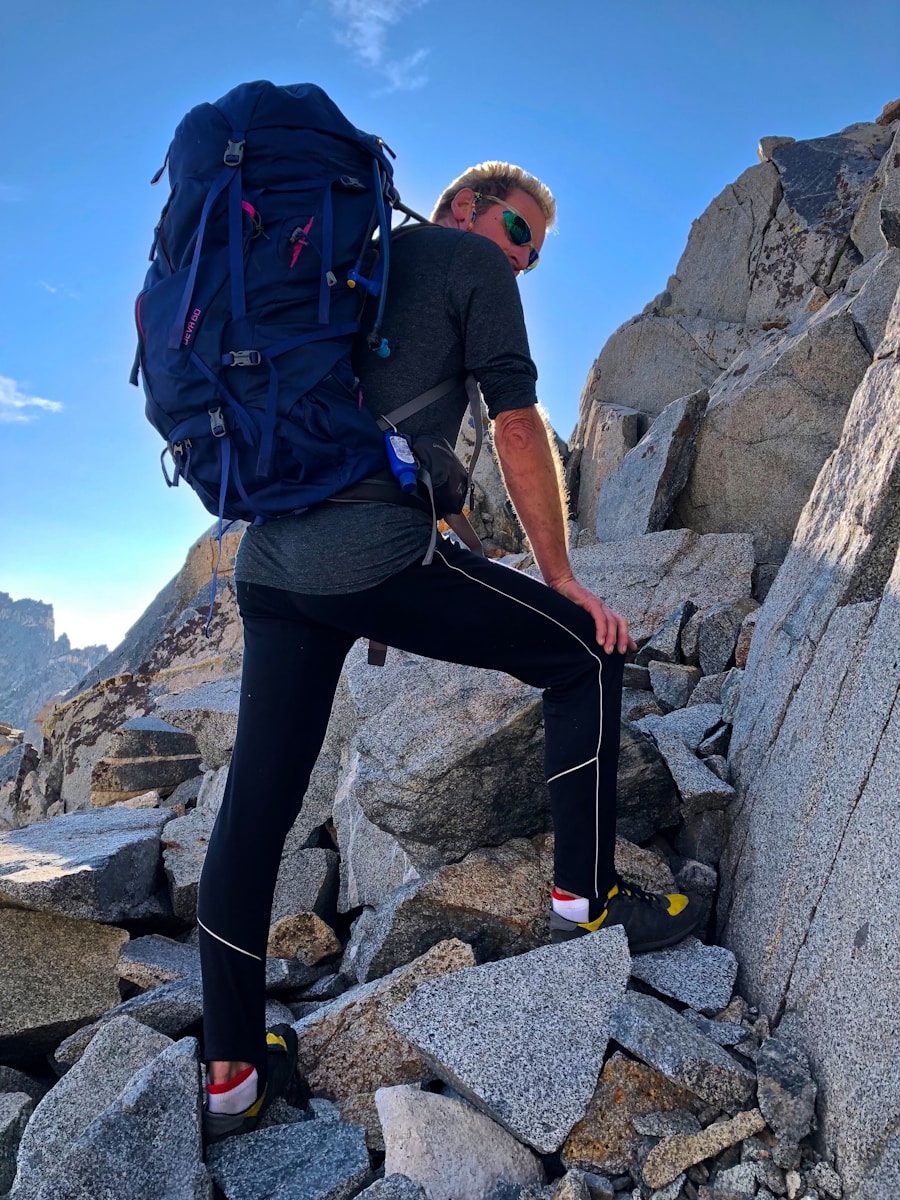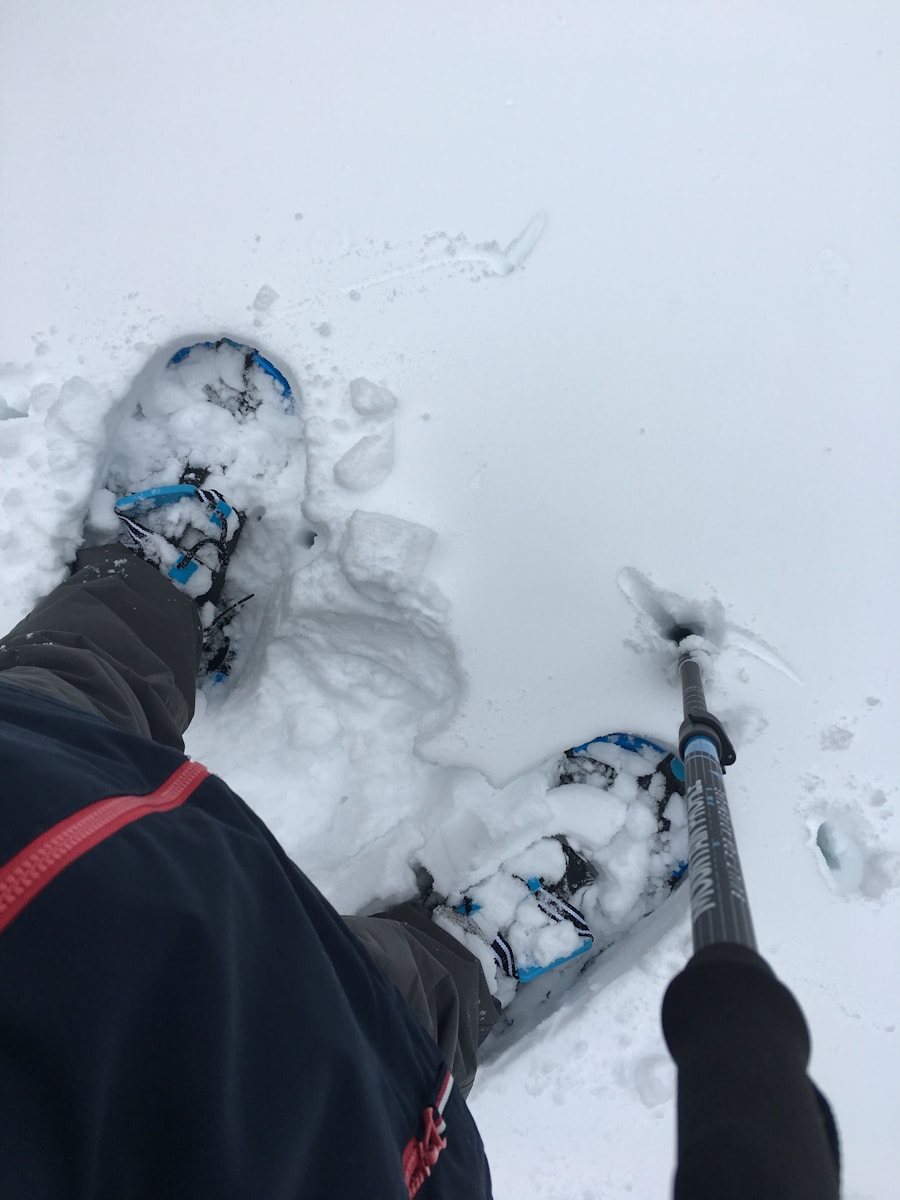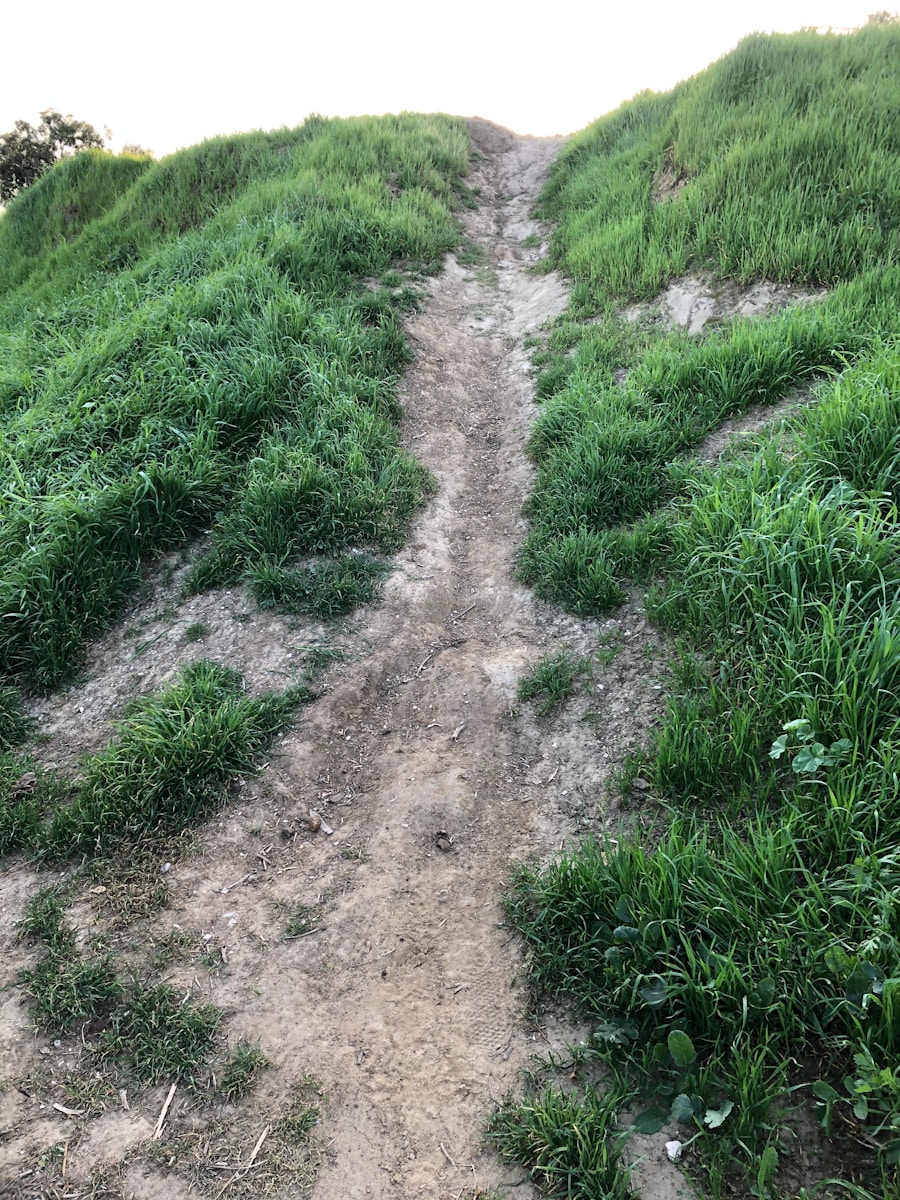When embarking on a hiking adventure, the significance of proper fit in footwear cannot be overstated. A well-fitted shoe serves as the foundation for a successful trek, providing the necessary support and comfort to navigate diverse terrains. Hiking often involves extended periods of walking, sometimes over uneven surfaces, which can place considerable strain on the feet.
Shoes that fit correctly help to distribute this pressure evenly, reducing the risk of discomfort and injury. Moreover, a proper fit enhances overall performance, allowing hikers to maintain their pace and enjoy the journey without being hindered by foot pain. The relationship between a hiker and their shoes is akin to that of an athlete and their gear; it is essential for optimal performance.
Shoes that are too tight can lead to blisters and calluses, while those that are too loose may cause instability and a lack of control on steep or rocky paths. The right fit not only contributes to physical comfort but also boosts confidence in one’s ability to tackle challenging trails. As such, understanding the nuances of shoe fit is crucial for both novice and seasoned hikers alike.
Key Takeaways
- Proper fit is crucial for hiking shoes to prevent discomfort and injury
- Different types of hiking require different features in hiking shoes
- Ill-fitting shoes can lead to blisters, hot spots, and even more serious injuries
- Finding the right balance between support and flexibility is key for hiking shoes
- Tips for properly fitting hiking shoes include trying them on in the afternoon and wearing the right socks
Considerations for Different Types of Hiking
Day Hikes: Lightweight and Supportive
Day hikes typically require shoes that offer a balance between lightweight construction and adequate support. Trail runners or lightweight hiking shoes are often favored for these excursions, as they provide flexibility and breathability while still offering enough traction for varied terrain.
Multi-Day Backpacking: Sturdy and Supportive
Conversely, multi-day backpacking trips necessitate sturdier boots that can accommodate heavier loads and provide enhanced ankle support. These boots are designed to withstand the rigors of prolonged use, featuring reinforced materials and advanced cushioning systems.
Seasonal Considerations: Insulation and Breathability
In addition to the type of hike, the season and weather conditions also play a critical role in selecting the appropriate footwear. For example, winter hiking demands insulated boots with waterproof capabilities to protect against snow and slush. In contrast, summer hikes may benefit from sandals or breathable shoes that allow for ventilation and moisture management. Understanding these variables is essential for making informed decisions about footwear, ensuring that hikers are equipped to handle the specific challenges presented by their chosen trails.
Potential Risks of Ill-Fitting Shoes

Wearing ill-fitting shoes can lead to a myriad of problems that extend beyond mere discomfort. One of the most common issues is the development of blisters, which occur when friction between the shoe and foot creates irritation on the skin. Blisters can quickly become debilitating, forcing hikers to cut their trips short or alter their routes significantly.
Additionally, poorly fitting shoes can contribute to more serious conditions such as plantar fasciitis, a painful inflammation of the tissue that connects the heel bone to the toes. This condition can develop over time due to inadequate arch support or improper alignment caused by ill-fitting footwear. Beyond physical ailments, the psychological impact of discomfort should not be overlooked.
Hikers who experience pain from their shoes may find themselves distracted or demotivated, detracting from the enjoyment of their outdoor experience. The mental toll of struggling with ill-fitting footwear can lead to a negative association with hiking itself, potentially discouraging individuals from pursuing future adventures. Therefore, addressing fit issues proactively is essential not only for physical health but also for fostering a positive relationship with outdoor activities.
Finding the Right Balance
| Metrics | Value |
|---|---|
| Work-Life Balance | 78% |
| Employee Satisfaction | 85% |
| Productivity | 92% |
| Employee Turnover Rate | 10% |
Achieving the right balance in hiking footwear involves considering various factors such as fit, function, and personal preference. A shoe that excels in one area may fall short in another; for instance, a lightweight trail runner may offer exceptional breathability but lack the durability needed for rugged terrain. Conversely, a heavy-duty boot may provide excellent support but could be cumbersome on less demanding trails.
Striking this balance requires an understanding of one’s hiking style and the specific demands of each outing. Moreover, personal preferences play a significant role in determining what constitutes the right balance for an individual hiker. Some may prioritize comfort above all else, opting for shoes with plush cushioning and soft materials.
Others might lean towards performance-driven designs that emphasize stability and traction at the expense of weight. It is essential for hikers to reflect on their own needs and experiences when selecting footwear, as this self-awareness will guide them toward choices that enhance their overall hiking experience.
Tips for Properly Fitting Hiking Shoes
To ensure a proper fit when selecting hiking shoes, several key tips can be employed. First and foremost, it is advisable to try on shoes at the end of the day when feet are naturally swollen from daily activities. This timing allows for a more accurate assessment of how the shoe will feel during extended wear.
Additionally, wearing the same type of socks that will be used on hikes during fittings can provide a clearer picture of fit and comfort. Another important consideration is to leave adequate space in the toe box. A good rule of thumb is to ensure there is about a thumb’s width between the longest toe and the front of the shoe.
This space allows for natural foot movement during descents and helps prevent painful toe stubbing on downhill sections. Furthermore, paying attention to heel fit is crucial; there should be minimal slipping when walking, as excessive movement can lead to blisters and discomfort over time.
How to Test for the Right Fit

Testing for the right fit involves more than just standing still in a pair of shoes; it requires active movement to simulate real hiking conditions. After trying on a pair of shoes, it is beneficial to walk around the store or designated fitting area to assess comfort levels during motion. Hikers should pay attention to how their feet feel while walking uphill and downhill, as these movements can reveal potential issues that may not be apparent when standing flat.
Additionally, performing lateral movements can help determine if the shoe provides adequate support during side-to-side motions common in hiking. A well-fitted shoe should feel secure without pinching or causing discomfort in any area of the foot. If possible, taking a short test hike on varied terrain can provide invaluable insights into how well the shoes perform under actual hiking conditions.
Adjusting Lacing Techniques for Comfort
Lacing techniques can significantly impact how well a shoe fits and feels during hikes. Different lacing methods can help alleviate pressure points or improve heel lock, enhancing overall comfort and stability. For instance, using a “heel lock” lacing technique can help secure the heel in place, reducing slippage and preventing blisters caused by friction.
This method involves threading the laces through the top two eyelets in a way that creates a loop before crossing them over; pulling on these loops tightens the fit around the heel. Another useful technique is adjusting lacing tension based on foot shape or specific areas of discomfort. For example, if a hiker experiences pressure on the top of their foot due to high arches or swelling, loosening laces in that area can provide relief without compromising overall fit.
Experimenting with different lacing patterns allows hikers to customize their footwear experience, ensuring that they can tackle trails with confidence and comfort.
When to Seek Professional Advice
While many hikers can find suitable footwear through personal research and trial-and-error methods, there are instances where seeking professional advice becomes necessary. Specialty outdoor retailers often employ knowledgeable staff who can provide insights into specific brands and models based on individual needs and preferences. These professionals can assess foot shape, gait patterns, and specific requirements based on planned hiking activities.
In cases where persistent foot pain or discomfort arises despite trying various shoes and adjustments, consulting with a podiatrist or orthopedic specialist may be warranted. These professionals can offer tailored recommendations based on biomechanical assessments and may suggest custom orthotics or specialized footwear designed to address specific issues such as flat feet or high arches. By seeking expert guidance when needed, hikers can ensure they are equipped with the best possible footwear for their adventures, ultimately enhancing both safety and enjoyment on the trails.
When it comes to hiking shoes, the debate between whether they should be tight or loose is ongoing. Some argue that a snug fit is necessary for stability and support, while others prefer a looser fit for comfort and flexibility. For more information on the best hiking backpacks for multi-day treks, check out this article for some great recommendations.
Love travel? Join Our Facebook Community For More Tips.
FAQs
What is the importance of properly fitting hiking shoes?
Properly fitting hiking shoes are important for providing support, stability, and comfort while hiking. Ill-fitting shoes can lead to blisters, hot spots, and discomfort, which can affect your hiking experience.
Should hiking shoes be tight or loose?
Hiking shoes should fit snugly but not too tight. They should provide a secure fit to prevent your feet from sliding around inside the shoe, but also allow for some room for your toes to wiggle and for your feet to swell during long hikes.
How can I determine the right fit for hiking shoes?
To determine the right fit for hiking shoes, try them on with the socks you plan to wear while hiking. Walk around in them to ensure they provide enough support and comfort. Make sure there is about a thumb’s width of space between the end of your longest toe and the front of the shoe.
What are the consequences of wearing hiking shoes that are too tight?
Wearing hiking shoes that are too tight can lead to discomfort, pain, and potential foot issues such as blisters, calluses, and even toenail damage. It can also restrict blood flow and cause numbness or tingling in the feet.
What are the consequences of wearing hiking shoes that are too loose?
Wearing hiking shoes that are too loose can lead to instability, lack of support, and an increased risk of tripping or rolling an ankle. It can also cause friction and rubbing, leading to blisters and hot spots.
